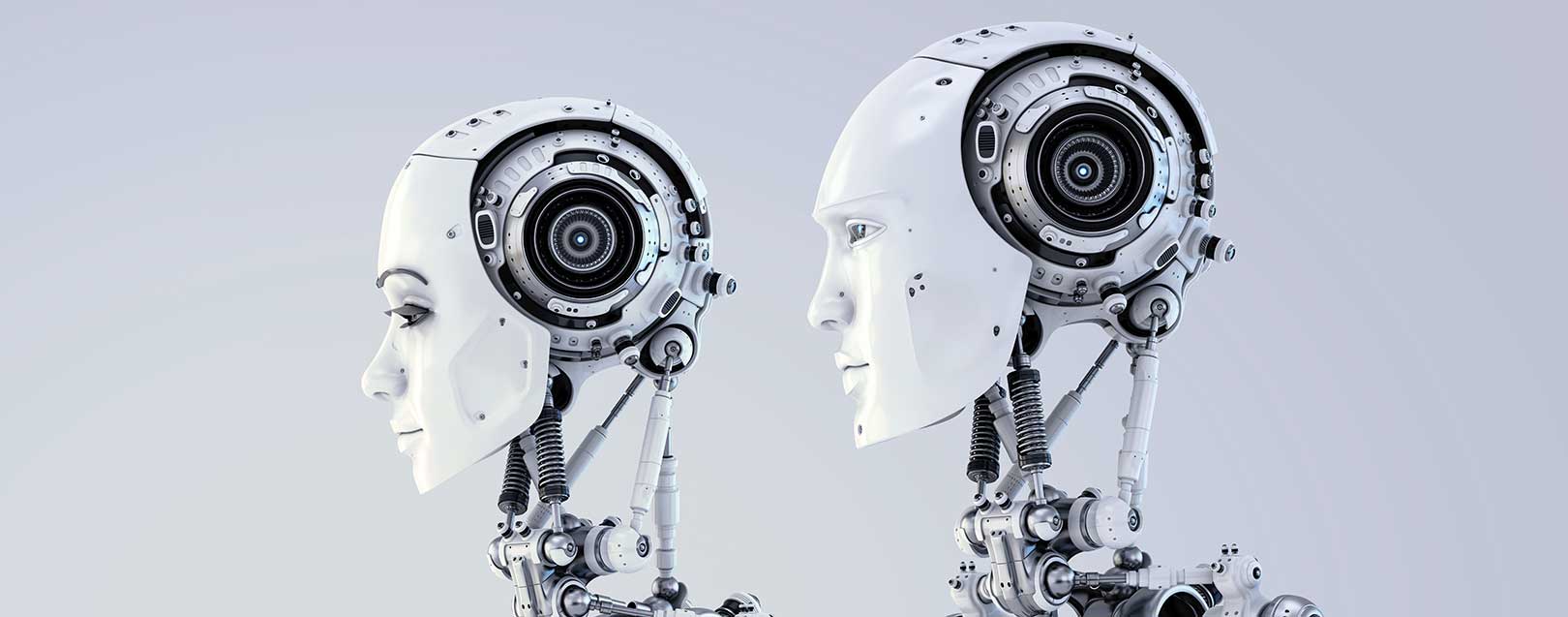
EU and US could well become the ‘new low-cost centres’ in manufacturing in the next decade. For exporters in India, China Vietnam and other developing nations, this could mean 'new competition'.
Steven Philip Warner | August 2017 Issue | The Dollar Business
Crisis in world trade seems to be evolving into big opportunities. And since March this year, the air seems far pleasant than it did during a punishing 2016. The situation is akin to construction cranes once again stippling the skyline over buildings left unfinished. The excitement is obvious.
But the momentary relief does not indicate that our brush with uncertainty is over. And that’s the bitter truth about foreign trade. There are far too many countries, product and service categories, sanctions, sovereign rules and mindsets to consider. In this territory, ‘being at peace only symbolises living in denial’. No pre-tested fact, formula or notion is permanent. Here, old ways don’t survive.
Consider this observation – why exports grew at a furious pace until 2008, then got silent for two years before it picked up again and then, since mid-2014 has been relatively sluggish is an occurrence not many have well-based theories to explain. And those who do will either link it to financial market sentiments or China! But where’s the time-tested truth that explains this gyration? There is none. In foreign trade, no fact or theory validated in the past remains constant. There is always change in the making. One such theory is on technology.
Traditionally, it was believed that technology cannot disrupt global trade and exports. (Affect it will. Not disrupt.) Today, it has and how! Gone are the days when Indian farmers would sow seeds depending on whether the skies look blacker than grey. From supplies to logistics to generation and processing of shipping bills – technology is fast emerging the cruel-but-honest decider in the war between labour and capital. Even in the manufacturing value chain, the tale is no different. 50 years ago, about 70% of global productivity could be attributed to labour. Today, its share is down to 58%. With a 42% share, capital-aided technology is gradually eating into the human share across manufacturing and services sectors.
There was a time when China, as a relatively labour-abundant economy, opened up to trade. It did well for three decades. Today, even within its borders, machines have replaced humans, and robotics and technology are at the forefront of decision-making and implementation. Today, China’s strength clearly isn’t humans. Globally, automation will possibly account for more than half of the manufacturing and services output by 2025, and this will have a bearing on global trade, and especially on how a developing market like India deals with this issue of technology taking charge of the production cycle. In the long run, you could find the low cost-advantage of a manufacturing hotspot like India fading due to greater automation of manufacturing processes in the First World markets. As costs of automation fall relative to manufacturing wages and global industrial production becomes more technology-dependent, a hub like India will have to write-off advantages that it currently counts on. So EU and USA could well become the ‘new low-cost centres’ in manufacturing in the next decade. For exporters in India, China and Vietnam, this could mean 'new competition'.
While India’s policymakers are working to include revisions in its Foreign Trade Policy, they will have to consider the ongoing battle against stagnation that India’s exporters are engaged in. Thought needs to be spared for the fact that there is nothing more elastic than a nation’s exports during a time when Trump and China are sending mixed signals on a daily basis, and when technology may enable a return of Europe and America’s factories which will help them relive the erstwhile glory days of the Industrial Revolution. (Imagine technology rewinding the prowess of exporting nations to the early 19th century days!)
India’s revised FTP will have to be made liberal enough to enable that big leap for its exports in case ‘trade protectionism’ and ‘technology ghosts’ get harsher. Pre-2008, trade was easier perhaps. No real reason why, but it was. Today is a different ballgame.
Get the latest resources, news and more...
By clicking "sign up" you agree to receive emails from The Dollar Business and accept our web terms of use and privacy and cookie policy.
Copyright @2025 The Dollar Business. All rights reserved.
Your Cookie Controls: This site uses cookies to improve user experience, and may offer tailored advertising and enable social media sharing. Wherever needed by applicable law, we will obtain your consent before we place any cookies on your device that are not strictly necessary for the functioning of our website. By clicking "Accept All Cookies", you agree to our use of cookies and acknowledge that you have read this website's updated Terms & Conditions, Disclaimer, Privacy and other policies, and agree to all of them.

